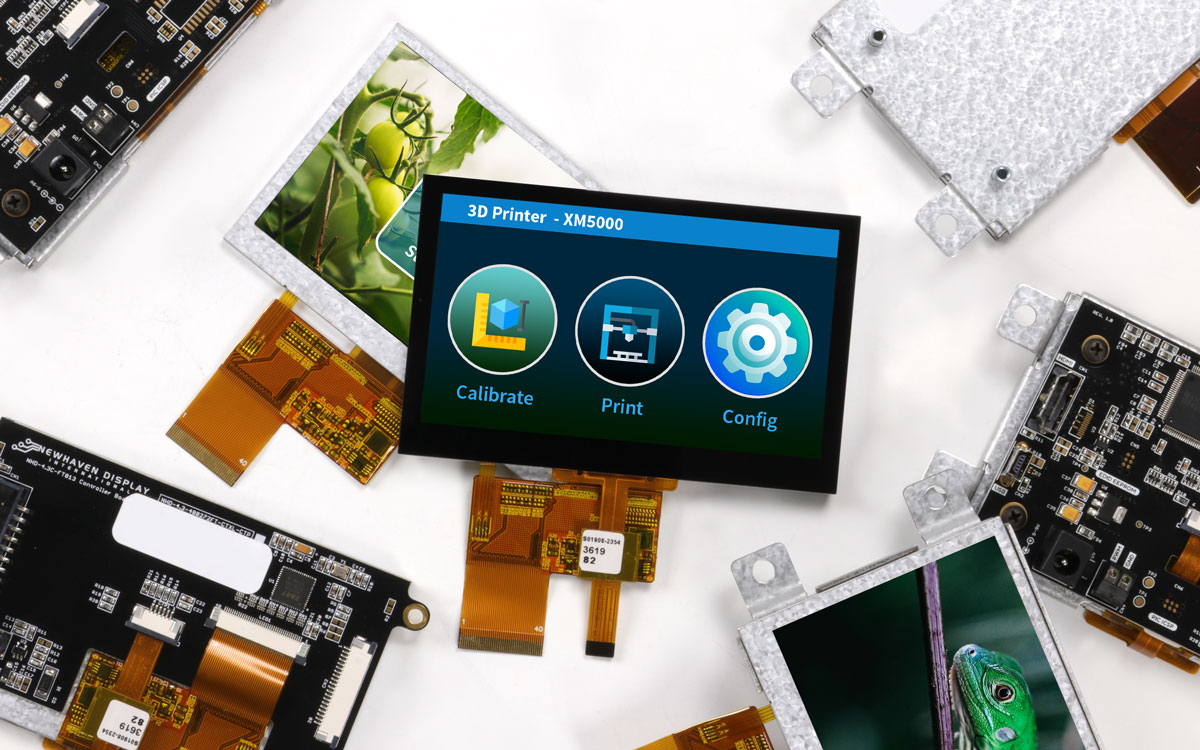Different Types of LCD
Blaze Display Technology Co., Ltd. | Updated: Nov 27, 2018
The current LCD panel market has various types and styles. Of course, different types also have their own advantages and disadvantages. Many factors such as output, pros and cons, and market environment are all related to the quality, price and market trend of the LCD display itself.
The different types of LCDs are discussed below.
Twisted Nematic Display
The TN (Twisted Nematic) LCDs production can be done most frequently and used different kinds of displays all over the industries. These displays most frequently used by gamers as they are cheap & have quick response time as compared with other displays. The main disadvantage of these displays is that they have low quality as well as partial contrast ratios, viewing angles & reproduction of color. But, these devices are sufficient for daily operations.
These displays allow quick response times as well as quick refresh rates. So, these are the only gaming displays which are available with 240 hertz (Hz). These displays have poor contrast & color because of the not accurate otherwise precise twist device.
In-Plane Switching Display
IPS displays are considered to be the best LCD because they provide good image quality, higher viewing angles, vibrant color precision & difference. These displays are mostly used by graphic designers & in some other applications, LCDs need the maximum potential standards for the reproduction of image & color.
Vertical Alignment Panel
The vertical alignment (VA) panels drop anywhere in the center among Twisted Nematic and in-plane switching panel technology. These panels have the best viewing angles as well as color reproduction with higher quality features as compared with TN type displays. These panels have a low response time. But, these are much more reasonable and appropriate for daily use.
The structure of this panel generates deeper blacks as well as better colors as compared with the twisted nematic display. And several crystal alignments can permit for better viewing angles as compared with TN type displays. These displays arrive with a tradeoff because they are expensive as compared with other displays. And also they have slow response times & low refresh rates.
Advanced Fringe Field Switching (AFFS)
AFFS LCDs offer the best performance & a wide range of color reproduction as compared with IPS displays. The applications of AFFS are very advanced because they can reduce the distortion of color without compromising on the broad viewing angle. Usually, this display is used in highly advanced as well as professional surroundings like in the viable airplane cockpits.
Passive and Active Matrix Displays
The Passive-matrix type LCDs works with a simple grid so that charge can be supplied to a specific pixel on the LCD. The grid can be designed with a quiet process and it starts through two substrates which are known as glass layers. One glass layer gives columns whereas the other one gives rows that are designed by using a clear conductive material like indium-tin-oxide.
In this display, the rows otherwise columns are linked to ICs to control whenever the charge is transmitted in the direction of a particular row or column. The material of the liquid crystal is placed in between the two glass layers where on the external side of the substrate, a polarizing film can be added. The IC transmits a charge down the exact column of a single substrate & the ground can be switched ON to the exact row of the other so that a pixel can be activated.
The passive-matrix system has major drawbacks particularly response time is slow & inaccurate voltage control. The response time of the display mainly refers to the capability of the display to refresh the displayed image. In this type of display, the simplest way to check the slow response time is to shift the mouse pointer fast from one face of the display to the other.
Active-matrix type LCDs mainly depends on TFT (thin-film transistors). These transistors are small switching transistors as well as capacitors which are placed within a matrix over a glass substrate. When the proper row is activated then a charge can be transmitted down the exact column so that a specific pixel can be addressed, because all of the additional rows that the column intersects are switched OFF, simply the capacitor next to the designated pixel gets a charge.
The capacitor holds the supply until the subsequent refresh cycle & if we cautiously manage the sum of voltage given to a crystal, then we can untwist simply to permit some light through. At present, most of the panels offer brightness with 256 levels for each pixel.


